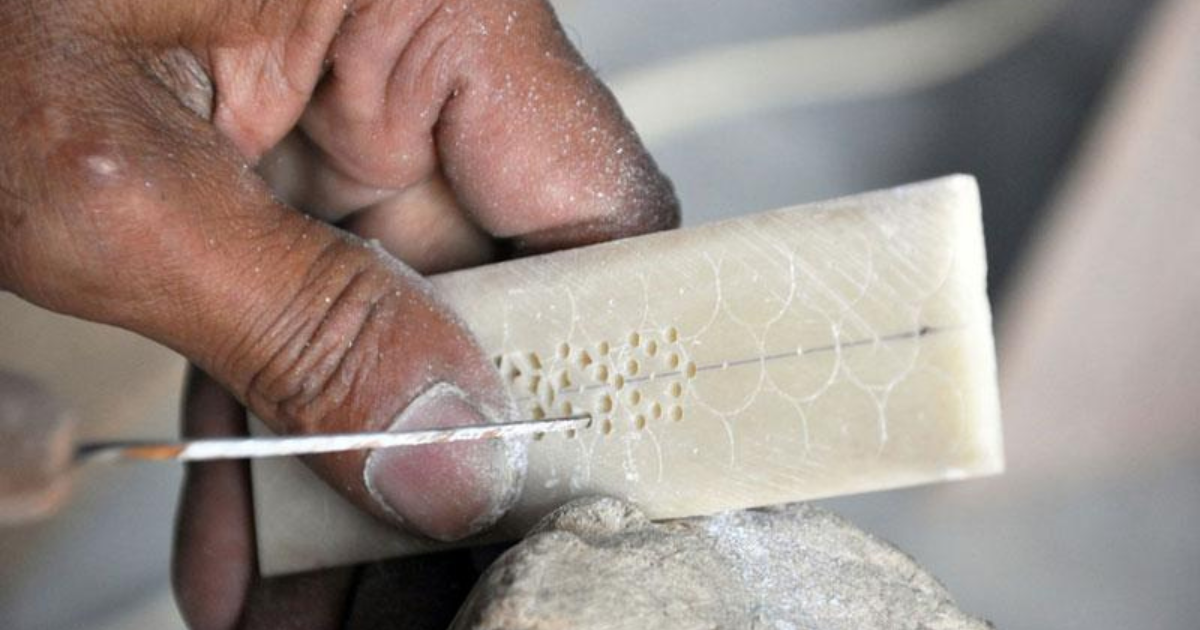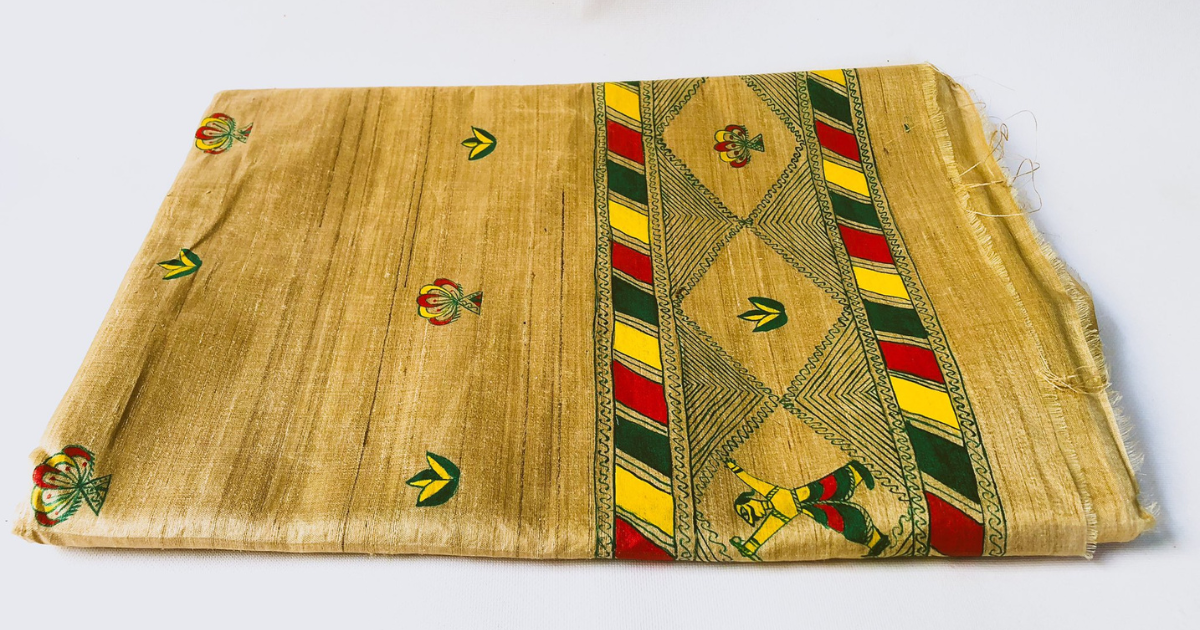Bone carving is an ancient art form that dates back thousands of years. It involves using animal bones to create intricate designs and sculptures. Bone carving in India is a traditional craft that has been practiced for generations. Despite the rise of modern technologies and changing times, bone carvers in India are keeping this prehistoric art alive. Let’s explore the art of bone carving in India, its origins, and its relevance in current times.
History of bone carving in India
This art has a long history in India, with evidence of the art form dating back to the Indus Valley Civilisation. The Harappan civilisation, which flourished in the Indus Valley around 2500 BCE, created intricate bone carvings, including buttons, beads, and bangles. The craft continued to flourish throughout the centuries and became an important part of Indian culture.
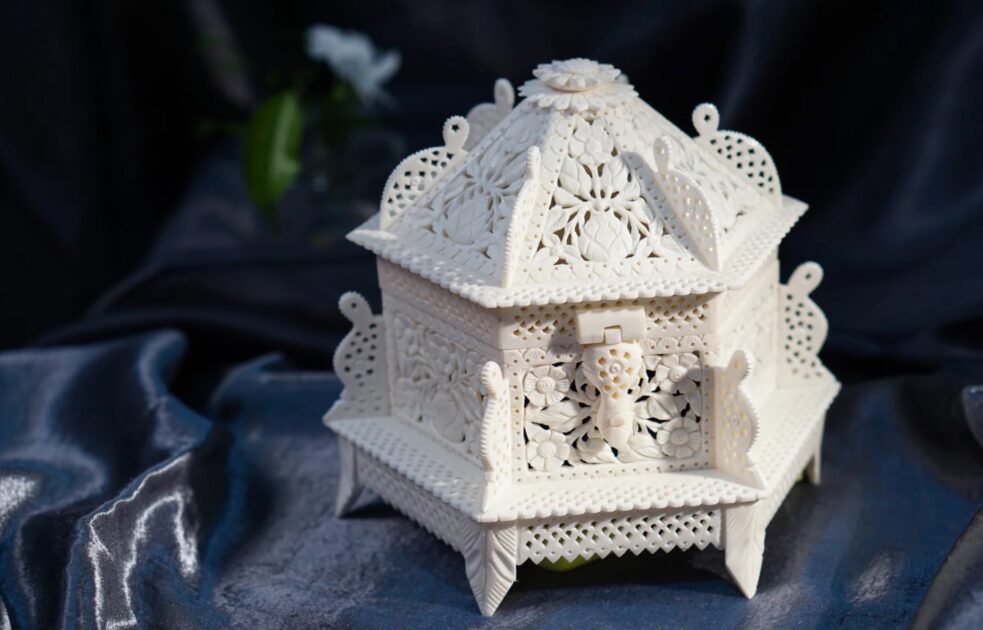
In ancient times, bone carvings were used for a variety of purposes. They were often used as decorative items, amulets, and talismans. They were also used in religious ceremonies and as part of traditional costumes.
The art of bone carving was once practiced across the country, but today, it is primarily found in the states of Rajasthan, Maharashtra, and Gujarat. These states are known for their skilled bone carvers who create intricate designs and sculptures.
Process of bone carving in India
Bone carving is a complex process that requires skill and patience. The first step is to select the bone. In India, cow and buffalo bones are commonly used for carving. The bone is then boiled to remove any flesh and cleaned thoroughly. Once the bone is clean, the carver can begin the process of shaping and carving.
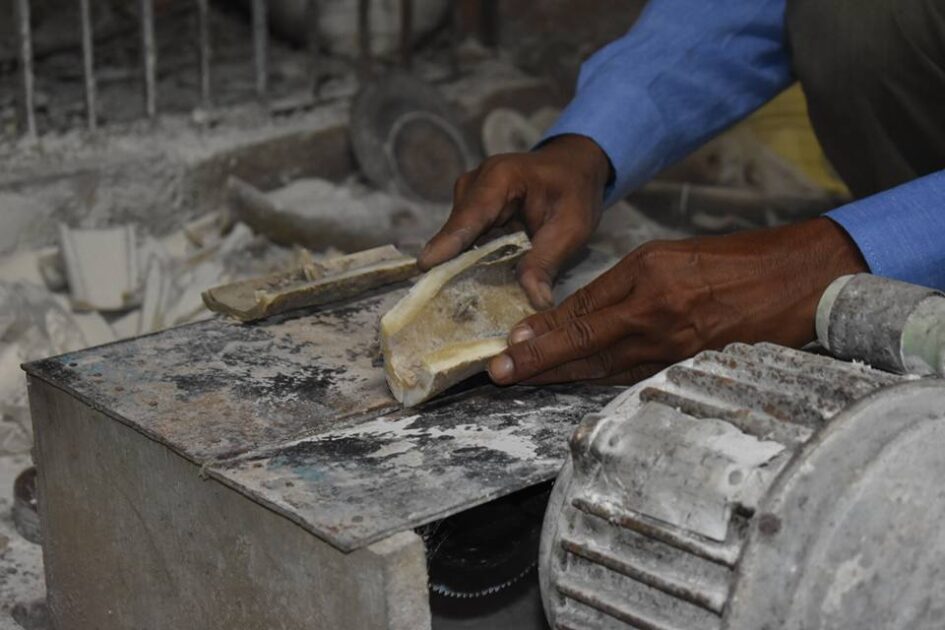
The bone carver uses a variety of tools, including chisels, files, and saws, to shape the bone. They may also use heat to soften the bone and make it more pliable. The carver must be careful not to apply too much pressure, as the bone can crack easily.
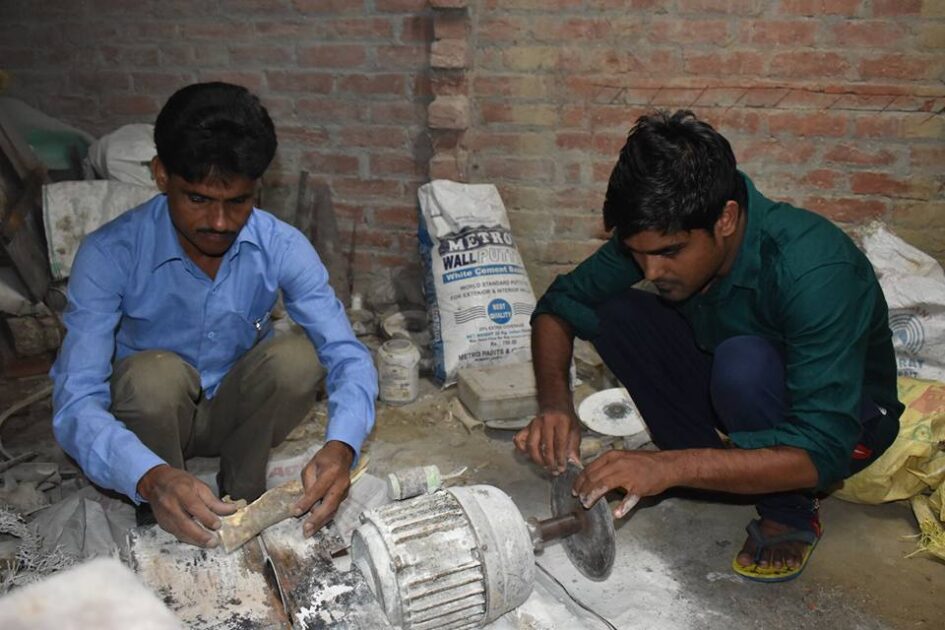
Once the basic shape has been created, the carver can begin to add detail to the piece. This may involve etching, carving, or painting the bone. The carver may use a variety of techniques to create different textures and patterns on the bone.
Relevance of bone carving in current times
In today’s modern world, bone carving may seem like an outdated art form. However, it is still relevant in many ways. For one, bone carving in India is an important part of the cultural heritage. It is a traditional craft that has been passed down through generations and is a source of pride for many communities.
Additionally, bone carving is a sustainable art form. By using animal bones that would otherwise go to waste, bone carvers are able to create beautiful pieces of art without harming the environment.
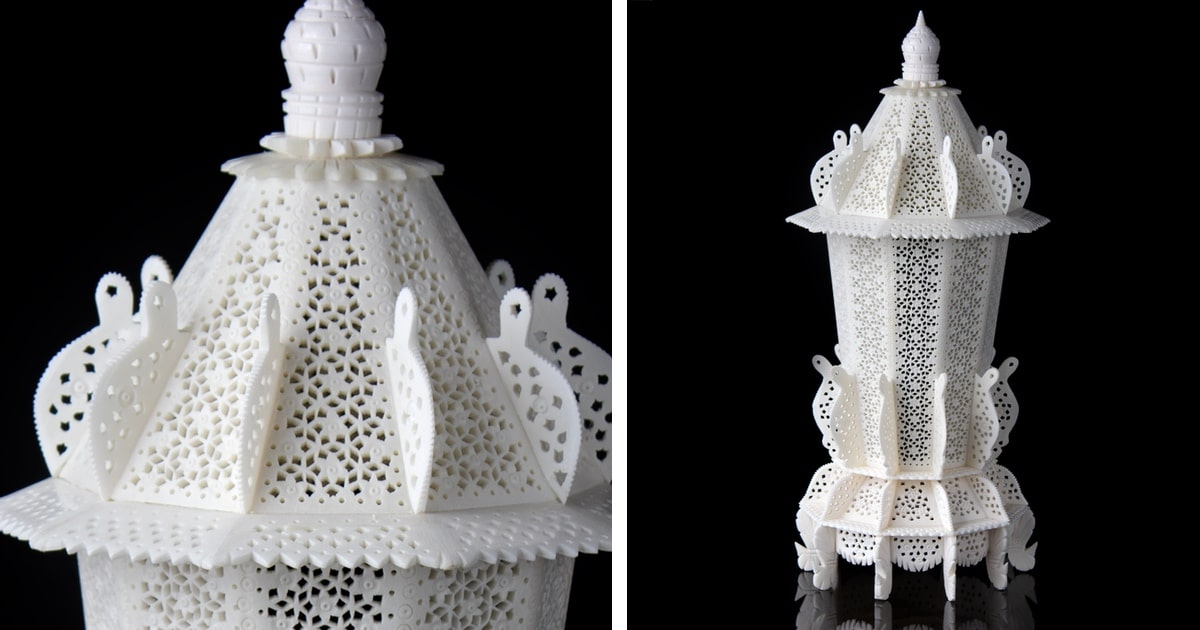
Bone carving in India also has practical applications as bone carvers create a variety of items, including combs, buttons, and jewelry. These items are not only beautiful but also functional. For example, bone combs are gentle on the hair and help to prevent breakage.
Bone carving is a prehistoric art form that has survived through the ages. In India, bone carvers are keeping this ancient craft alive by creating intricate designs and sculptures. Despite the rise of modern technologies, bone carving remains relevant in many ways. It is an important part of India’s cultural heritage, a sustainable art form, and has practical applications. As long as there are skilled bone carvers in India, this prehistoric art form will continue to thrive.

